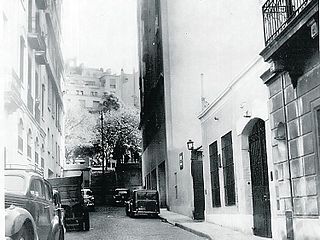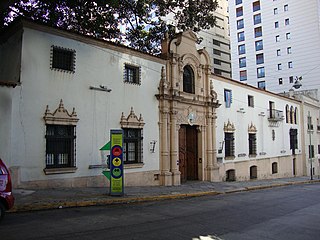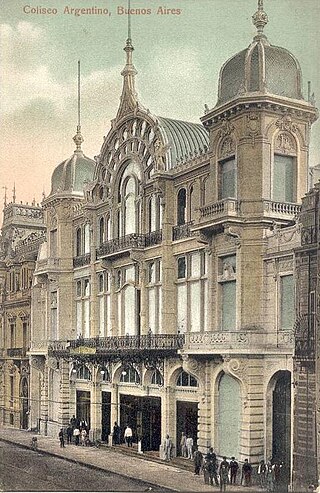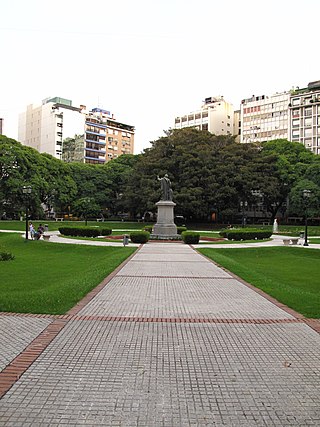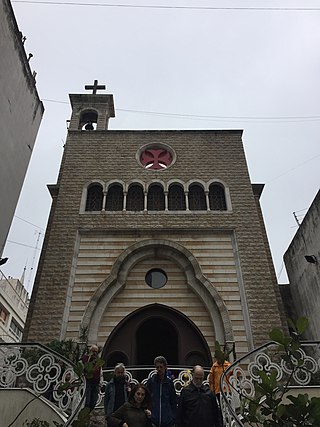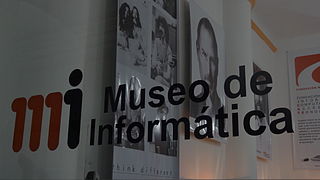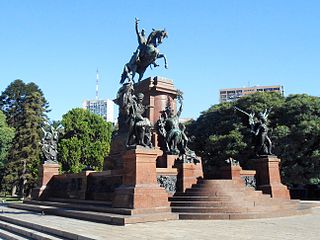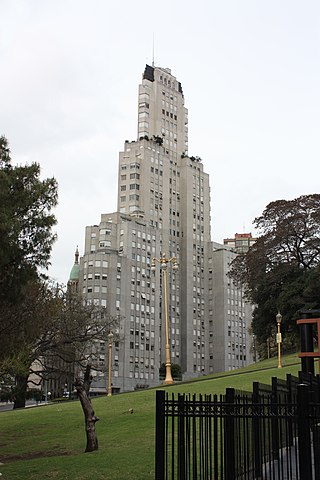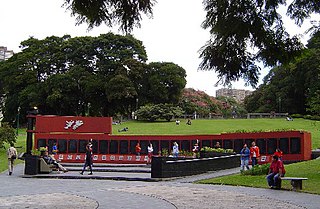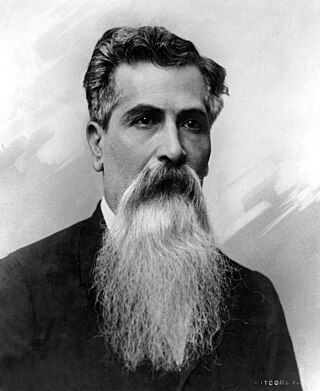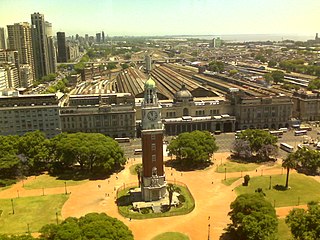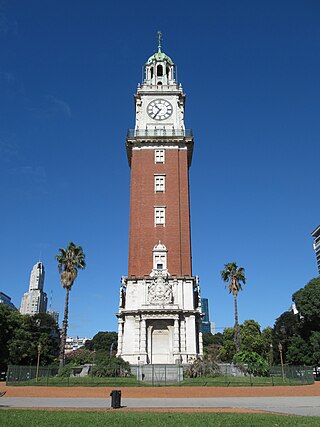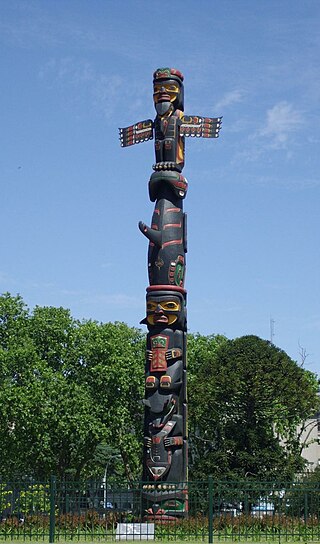Self-guided Sightseeing Tour #3 in Buenos Aires, Argentina
Legend
Guided Free Walking Tours
Book free guided walking tours in Buenos Aires.
Guided Sightseeing Tours
Book guided sightseeing tours and activities in Buenos Aires.
Tour Facts
3.9 km
171 m
Experience Buenos Aires in Argentina in a whole new way with our free self-guided sightseeing tour. This site not only offers you practical information and insider tips, but also a rich variety of activities and sights you shouldn't miss. Whether you love art and culture, want to explore historical sites or simply want to experience the vibrant atmosphere of a lively city - you'll find everything you need for your personal adventure here.
Activities in Buenos AiresIndividual Sights in Buenos AiresSight 1: Plaza Coronel Toribio Tedín
The Plaza Coronel Toribio Tedín, known as Plaza Tedín in plain terms, was a green space in the Retiro neighborhood of the City of Buenos Aires located on Posadas Street between Cerrito and Carlos Pellegrini, in one of the blocks of Socorro demolished between 1978 and 1980 as part of the extension of Avenida Nueve de Julio. It was bordered to the south by Pasaje Eguía and to the north by the steps of Pasaje Seaver, both of which have disappeared. The square, formed from the union of unoccupied lots, was named by decree in 1953 in honor of a colonel from Salta who fought under the orders of Manuel Belgrano in the battles of Salta and Tucumán.
Sight 2: Museo de Arte Hispanoamericano
The Museo de Arte Hispanoamericano Isaac Fernández Blanco is a museum of art located in the Retiro ward of Buenos Aires, Argentina.
Wikipedia: Museo de Arte Hispanoamericano Isaac Fernández Blanco (EN), Website
Sight 3: Teatro Coliseo
The Teatro Coliseo is a theatre in Retiro neighbourhood in Buenos Aires, Argentina which opened on July 8, 1905.
Sight 4: Plaza Libertad
Plaza Libertad is a public square located in the Retiro neighborhood of the city of Buenos Aires. Located on Cerrito Street, next to 9 de Julio Avenue, it has on one of its sides the Coliseo Theater, the modern Libertad Plaza Building and underground there is a municipal parking lot.
Sight 5: Catedral de San Marón
The St. Maron's Cathedral also called Maronite Catholic Cathedral of Buenos Aires is a religious building of the Catholic Church (Maronite) located at 834 Paraguay Street, in the Autonomous City of Buenos Aires, Argentina. Not to be confused with the metropolitan cathedral of Latin rite of the Holy Trinity, the cathedral of the military bishopric also of Latin rite or the Armenian Catholic Cathedral of Our Lady of Narek, all in the city of Buenos Aires.
Sight 6: Museo de Informática
The Museum of Informatics of the Argentine Republic is a museum based in Buenos Aires, Argentina. It is managed by the ICATEC Foundation, and was founded in 2010; with the aim of conserving, preserving, and disseminating the computer heritage, as well as safeguarding the memory of the pioneers of the field of computer science in Argentina. It has its own collection of more than 2000 objects, as well as a library with books, manuals, software and magazines on the subject.
Wikipedia: Museo de Informática de la República Argentina (ES), Website
Sight 7: Monumento al General San Martín
The monument to General San Martín and the armies of Independence, located in the General San Martín Square in the City of Buenos Aires, is an equestrian monument in bronze on a red polished granite base that honors the Argentine national hero, and four Important milestones related to American independence: departure towards war, battle, victory and the return of the winner.
Wikipedia: Monumento al General San Martín y a los Ejércitos de la Independencia (ES)
Sight 8: Edificio Kavanagh
The Kavanagh Building is a residential skyscraper in Retiro, Buenos Aires, Argentina. Designed in 1934 by architects Gregorio Sánchez, Ernesto Lagos and Luis María de la Torre, it is considered a pinnacle of modernist architecture. At the time of its inauguration in 1936, the Kavanagh was the tallest building in Latin America surpassing the Palacio Salvo built in Montevideo, Uruguay in 1928, as well as the tallest building in the world with a reinforced concrete structure.
Sight 9: Monumento a los Caídos en Malvinas
The Monumento a los caídos en Malvinas is a cenotaph in Plaza San Martín, in Buenos Aires, dedicated to the 649 Argentine soldiers who were killed in the Falklands War. The inscription reads La nación también rinde homenaje a los que guardan en su cuerpo o memoria las huellas del combate.
Sight 10: Monumento a Alem
Leandro Nicéforo Alem was an Argentine politician, founder and leader of the Radical Civic Union. He was the uncle and political teacher of Hipólito Yrigoyen. He was also an active Freemason.
Sight 11: Plaza Fuerza Aérea Argentina
Plaza Fuerza Aérea Argentina is a square located in the barrio (district) of Retiro in Buenos Aires, Argentina. The square is located between the Retiro railway station on Avenida Dr. José María Ramos Mejía, Avenida San Martín and Avenida del Libertador. It was designed and built in the 1940s and inaugurated on January 4, 1945. Originally called Plaza Británica, its name was changed in 1982 to the current one, by paying homage to the Argentine Air Force after the Falklands War, which was its first war against an external enemy. However, some still refer to it by its old name and also Plaza de los Ingleses, although the latter name was never used officially. The Torre Monumental, is located in the center of the square.
Sight 12: Torre de los Ingleses
Torre Monumental, formerly known as Torre de los Ingleses, is a clock tower located in the barrio (district) of Retiro in Buenos Aires, Argentina. It is situated in the Plaza Fuerza Aérea Argentina by Avenida San Martín and Avenida del Libertador. It was a gift from the local British community to the city in commemoration of the centennial of the May Revolution of 1810.
Sight 13: Plaza Canadá
Plaza Canadá is a public square in the Retiro neighbourhood of Buenos Aires, Argentina located within the streets of Maipú, Antártida Argentina, San Martin, and Dr. José María Ramos Mejía.
Share
How likely are you to recommend us?
Disclaimer Please be aware of your surroundings and do not enter private property. We are not liable for any damages that occur during the tours.
GPX-Download For navigation apps and GPS devices you can download the tour as a GPX file.
